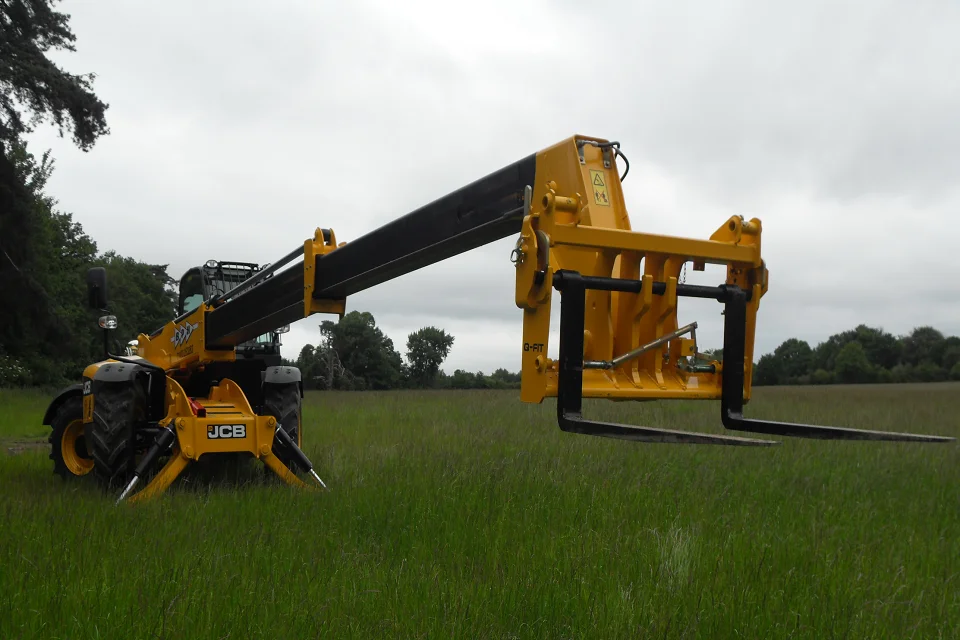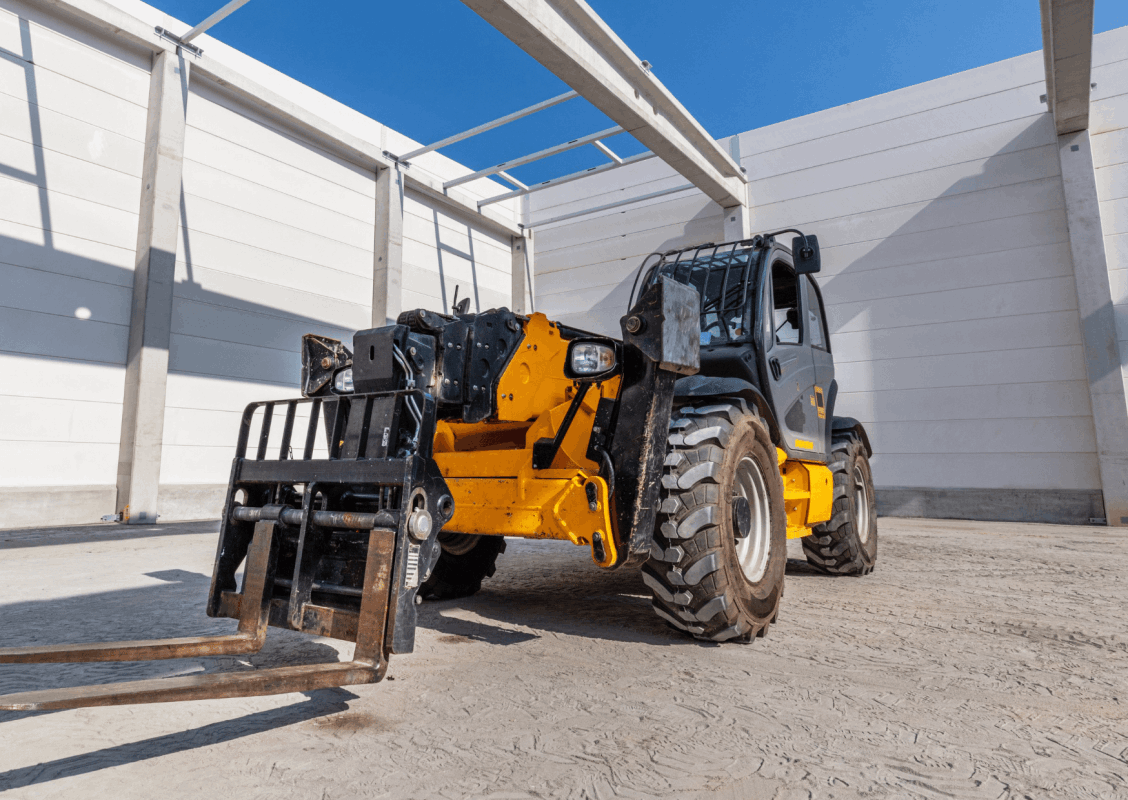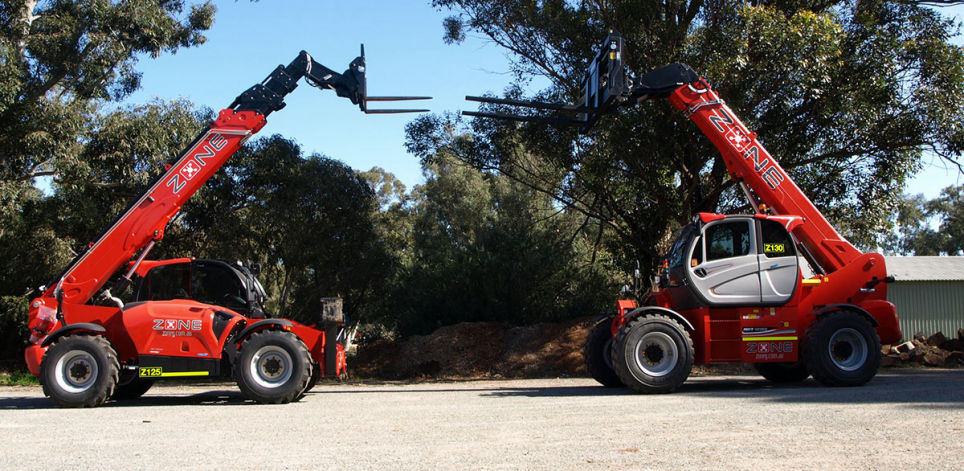Understanding Telehandlers
Understanding Equipment Hire Basics
Telehandlers, often referred to as telescopic handlers or boom lifts, are versatile pieces of equipment designed for lifting and moving heavy loads with precision.
You'll find that telehandlers excel in a variety of applications, from construction sites to agricultural settings. By utilizing a telescopic boom, these machines can reach significant heights and distances, giving you the flexibility needed for challenging tasks.
When considering telehandler hire, it's essential to understand the specific capabilities of the equipment. For instance, the Manitou range offers models with lifting capacities up to 13,000 kg, suitable for heavy-duty jobs.
You'll notice that the versatility of telehandlers allows for various attachments, including forks, buckets, and work platforms, enhancing their functionality.
If you're also exploring options like mini crawler hire, keep in mind that these compact machines can navigate tight spaces, making them ideal for urban projects.
Whether you choose telehandler hire or Mini Crawler Hire, ensure you assess your requirements carefully to maximize productivity.


